Wombat
- March 5, 2024
- 0 comment
Wombats are fascinating marsupials native to Australia, known for their distinctive appearance and intriguing behaviors. These medium-sized creatures belong to the family Vombatidae and are closely related to koalas and kangaroos. With a history dating back to the Pleistocene epoch, wombats have evolved unique adaptations for survival in their native habitats. They are characterized by their robust bodies, strong limbs, and sharp claws, which are well-suited for digging extensive burrow systems. Wombats are primarily herbivores, feeding on grasses, roots, and bark, and they are known for their selective grazing patterns within their territories.
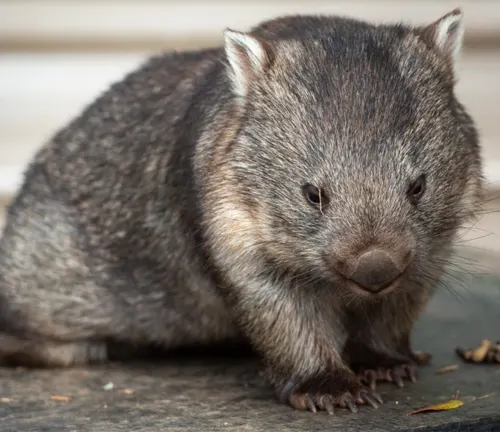
Nocturnal by nature, wombats are most active during the night, spending their days resting in their burrows to avoid the heat. Despite their solitary lifestyle, wombats may interact during mating season or when competing for resources. Sadly, these iconic Australian animals face threats from habitat loss, vehicle collisions, and disease, highlighting the importance of conservation efforts to ensure their survival. Overall, wombats hold a special place in the ecosystem and in the hearts of people worldwide, symbolizing resilience and adaptability in the face of challenges.
| Specification | Description |
|---|---|
| Classification | Marsupial |
| Family | Vombatidae |
| Size | Medium-sized, around 1 to 1.3 meters in length |
| Weight | Typically 20 to 35 kilograms |
| Appearance | Robust body, strong limbs, sharp claws |
| Habitat | Temperate forests, grasslands, woodland areas |
| Distribution | Primarily found in Australia |
| Diet | Herbivorous, feeding on grasses, roots, and bark |
| Behavior | Nocturnal, solitary, selective grazing patterns |
| Reproduction | Breeding throughout the year, single joey born after gestation |
| Threats | Habitat loss, vehicle collisions, disease |
| Conservation Status | Common wombats of least concern, hairy-nosed wombats endangered |
| Cultural Significance | Symbol of resilience and adaptability in Australian culture |
Exploring the Fascinating World of Wombats
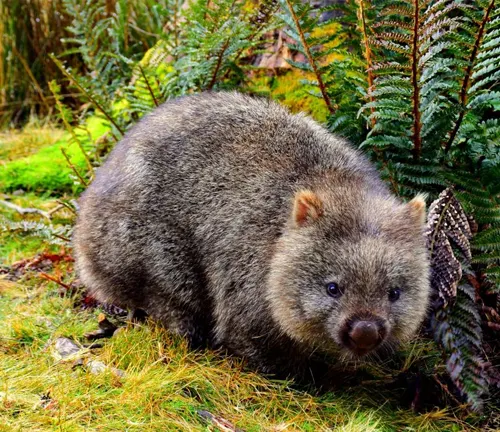
If you have ever wondered about the unique creatures that inhabit the Australian wilderness, look no further than wombats. These marsupials are renowned for their distinctive appearance and intriguing behaviors. Let’s delve into the world of wombats to uncover their secrets and understand their significance in the ecosystem.
Wombats are medium-sized marsupials native to Australia. They belong to the family Vombatidae and are closely related to koalas and kangaroos. Despite their resemblance to rodents, wombats are more closely related to koalas.
The earliest known fossils of wombats date back to the Pleistocene epoch, indicating their long history on the Australian continent. There are three extant species of wombats: the common wombat, the southern hairy-nosed wombat, and the northern hairy-nosed wombat.
Physical Characteristics
Size and appearance
Wombats are medium-sized marsupials with a robust build and distinctive appearance. They typically measure around 1 to 1.3 meters (3.3 to 4.3 feet) in length and weigh between 20 to 35 kilograms (44 to 77 pounds), depending on the species. Their bodies are compact and muscular, with strong limbs adapted for digging. Wombats have short, sturdy tails and small, round ears. Their fur varies in color from gray to brown, with some species displaying lighter or darker patches. Overall, wombats have a somewhat squat and bear-like appearance, with a unique charm that sets them apart from other Australian wildlife.
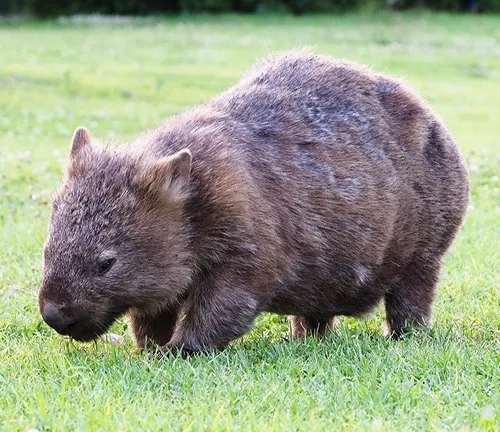
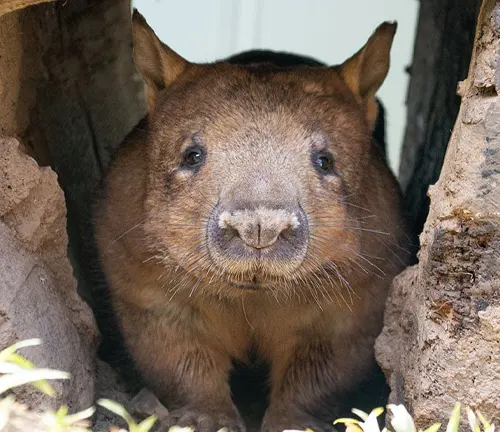
Unique features
One of the most remarkable features of wombats is their cube-shaped feces. Unlike most other mammals whose droppings are cylindrical, wombats produce feces that are square or cuboid in shape. This unusual adaptation is thought to prevent their droppings from rolling away, allowing them to serve as territorial markers and communication signals. Wombats achieve this unique shape through the arrangement of their intestines, which compress the feces into distinct cubic forms. The precise function of this adaptation is still not fully understood, but it adds to the intrigue and fascination surrounding these enigmatic marsupials.
Habitat and Distribution
Where do wombats live?
Wombats are primarily found in Australia, where they inhabit various habitats ranging from temperate forests to grasslands and woodland areas. They are well-adapted to a diverse range of environments, including mountainous regions and coastal plains. Wombats are particularly common in southeastern Australia, where they thrive in the cooler climates and abundant vegetation. They are also known to inhabit parts of Tasmania, an island state located to the south of the Australian mainland. Within their habitats, wombats create extensive burrow systems where they seek refuge from predators and extreme weather conditions.
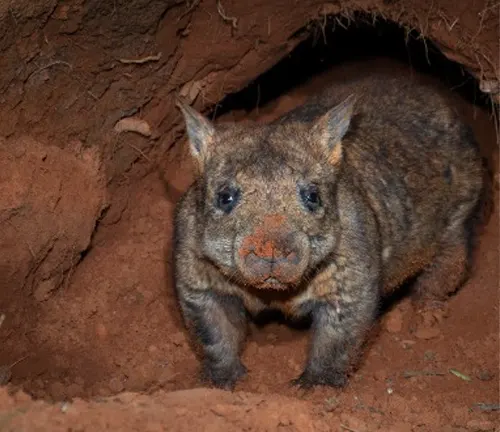

Distribution across Australia
Wombats have a widespread distribution across Australia, with different species occupying specific regions of the continent. The common wombat (Vombatus ursinus) is the most widely distributed species and is found throughout southeastern Australia, including the states of New South Wales, Victoria, and South Australia. The southern hairy-nosed wombat (Lasiorhinus latifrons) is mainly found in South Australia and parts of Western Australia, favoring arid and semi-arid regions. The northern hairy-nosed wombat (Lasiorhinus krefftii) is the most endangered species and is restricted to a small area in Queensland, Australia. Despite their different distributions, all three species of wombats play important roles in their respective ecosystems, contributing to the biodiversity and ecological balance of their habitats.
Behavior and Lifestyle
Nocturnal habits
Wombats are nocturnal creatures, meaning they are primarily active during the night. They spend the daylight hours resting in their burrows to avoid the heat of the day and reduce their exposure to predators. By being active at night, wombats can take advantage of cooler temperatures and reduced competition for food resources. Their nocturnal lifestyle also helps them avoid encounters with potential predators, as many of their main predators, such as dingoes and foxes, are more active during the day.
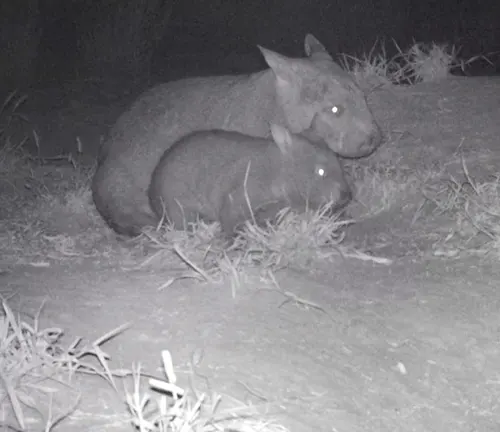

Social behavior
While wombats are generally solitary animals, they may exhibit some social behaviors, particularly during mating season or when sharing overlapping territories. However, they are not highly social animals like some other marsupials. Wombats may tolerate the presence of other wombats within their territory but are unlikely to engage in prolonged social interactions. Instead, they communicate with each other through vocalizations, scent marking, and body language, using these cues to establish dominance and boundaries within their habitat.
Burrowing and nesting
One of the most remarkable aspects of wombats’ behavior is their proficiency at burrowing and nesting. Wombats are skilled diggers and create extensive burrow systems that serve as their homes. These burrows provide protection from predators, extreme weather conditions, and temperature fluctuations. Wombats dig their burrows using their powerful claws and can excavate tunnels several meters long. Some burrows may have multiple entrances and chambers, providing additional security and escape routes. Inside their burrows, wombats construct nesting chambers where they rest, sleep, and rear their young. These nesting chambers are lined with grass, leaves, and other soft materials to provide comfort and insulation. Overall, burrowing and nesting are essential behaviors for wombats, enabling them to survive and thrive in their natural habitat.
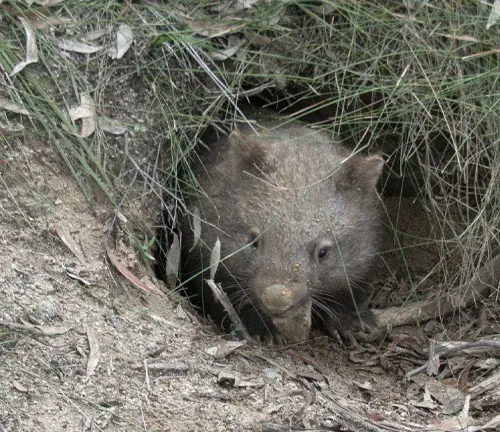
Diet and Feeding Habits
Herbivorous diet
Wombats are herbivores, meaning they primarily feed on plant matter. Their diet consists mainly of grasses, roots, and bark, although they may also consume other vegetation depending on availability. Wombats have specialized teeth adapted for grazing on tough, fibrous vegetation. They have sharp incisors at the front of their mouths for cutting grass and plants, as well as flat molars at the back for grinding and chewing tougher material. Despite their predominantly herbivorous diet, wombats are selective feeders and may prefer certain types of grasses and plants over others. They have specific feeding preferences and may graze in particular areas where their preferred food sources are abundant.
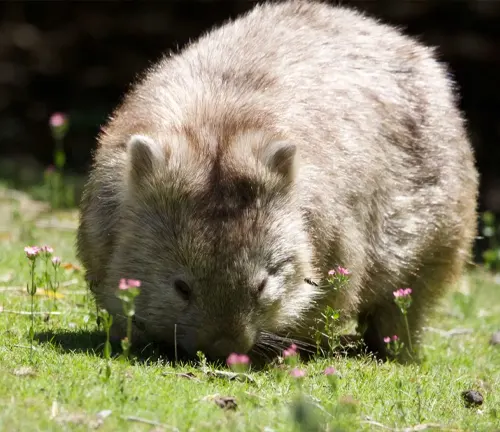
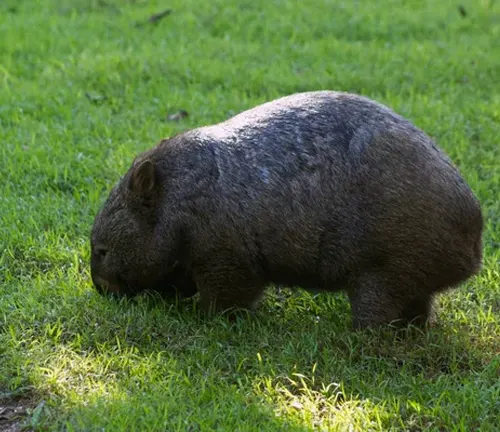
Grazing patterns
Wombats exhibit distinct grazing patterns within their territories. They often create well-defined grazing patches where they feed on grasses and other vegetation. These grazing patches can vary in size and shape depending on factors such as habitat type, vegetation density, and environmental conditions. Wombats may graze in a circular pattern around their burrows, creating clear feeding zones within their home range. They may also graze along well-worn paths or trails, which they use to navigate between feeding sites and other areas of their territory. By grazing in specific patterns, wombats can efficiently exploit available food resources while minimizing energy expenditure and exposure to predators.
Reproduction and Life Cycle
Breeding habits
Wombats breed throughout the year, although mating activity may peak during certain seasons or in response to environmental factors such as food availability. Breeding typically begins when male wombats become sexually mature, which can occur around 2 to 3 years of age. During mating season, male wombats may engage in behaviors such as scent marking and vocalizations to attract potential mates and establish dominance within their territory. Female wombats have a unique reproductive anatomy, with two lateral vaginas and two separate uteri. After mating, the fertilized egg develops into a tiny embryo, which eventually attaches to the wall of the uterus and begins to grow. The gestation period for wombats is relatively short, lasting around 20 to 30 days, after which the female gives birth to a single offspring, known as a joey.
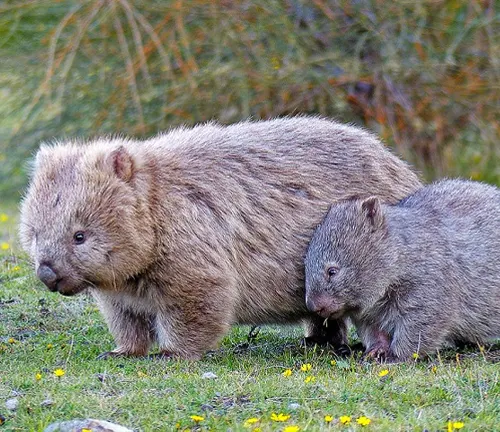
Growth and development of young wombats
Newborn wombats, known as joeys, are born in a highly undeveloped state and are completely dependent on their mother for survival. At birth, joeys are blind, hairless, and only about the size of a jellybean. Despite their small size, they possess well-developed forelimbs and strong claws, which they use to crawl into their mother’s pouch. Once inside the pouch, the joey attaches to one of the mother’s teats and begins to nurse, receiving vital nutrients and antibodies from her milk. Over the following months, the joey gradually grows and develops, gaining strength and mobility. It spends most of its time inside the pouch, only venturing out occasionally to explore its surroundings or interact with its mother. After around 6 to 7 months, the joey becomes too large to fit comfortably in the pouch and begins to spend more time outside, gradually transitioning to solid food. Despite this, it may continue to nurse from its mother for several more months until it is fully weaned and independent. Throughout this period, the mother provides constant care and protection for her young, ensuring their health and safety until they are ready to fend for themselves in the wild.
Threats and Conservation Status
Human impact
Human activities have had a significant impact on wombats and their habitats. Habitat loss and fragmentation due to urbanization, agriculture, and logging have reduced the available range of wombats, forcing them into smaller and more isolated areas. Encounters with vehicles on roads and highways pose a major threat to wombats, resulting in injuries and fatalities. Additionally, conflicts with humans, such as competition for resources and interactions with domestic animals, can disrupt wombat populations and lead to negative outcomes for both humans and wombats.
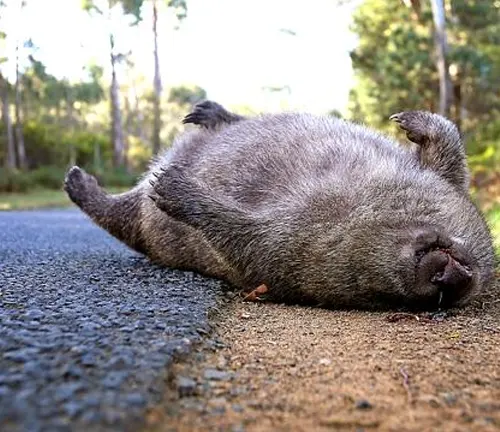
Predators and threats in the wild
While adult wombats have few natural predators, young joeys are vulnerable to predation by a variety of animals. Foxes, dingoes, and large birds of prey such as eagles and owls are known to prey on vulnerable wombats, particularly those that stray too far from the safety of their burrows. In addition to predation, wombats face threats from disease, with mange caused by parasitic mites being a particularly significant concern. Sarcoptic mange can cause severe skin lesions, hair loss, and ultimately death if left untreated, and has been responsible for population declines in some areas.
Conservation efforts
Efforts to conserve wombats and their habitats are ongoing and involve a combination of research, education, and management strategies. Conservation organizations work to raise awareness about the importance of wombats and their role in the ecosystem, advocating for their protection and preservation. Habitat restoration projects aim to restore degraded habitats and create corridors to connect fragmented populations, allowing wombats to move freely and access essential resources. Population monitoring programs track wombat populations and assess their status, identifying areas of concern and implementing targeted conservation actions. Disease management efforts focus on treating and preventing diseases such as mange, with initiatives including vaccination programs and the development of wildlife health protocols. Ultimately, the success of conservation efforts depends on collaboration between governments, landowners, community groups, and conservation organizations, working together to ensure the long-term survival of wombats and their habitats.
Different Species
Common Wombat
(Vombatus ursinus)
The common wombat is the largest and most widespread species, found primarily in southeastern Australia. It is characterized by its stocky build and coarse fur.
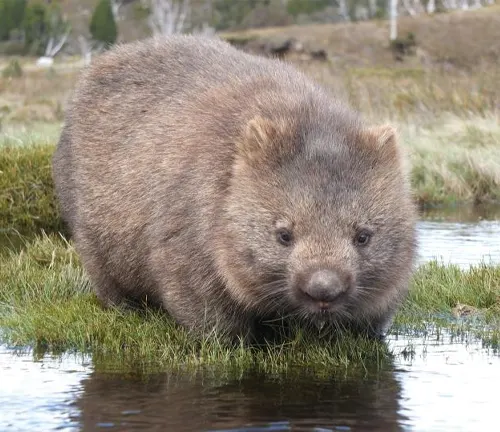
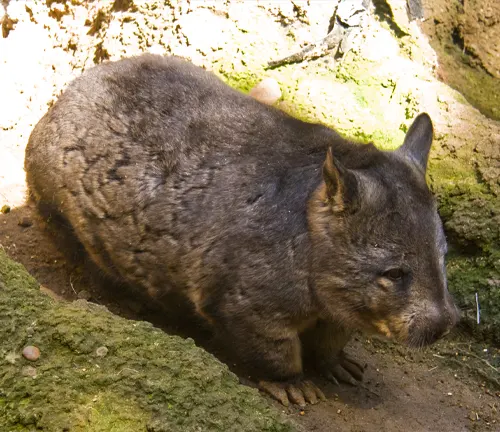
Southern Hairy-Nosed Wombat
(Lasiorhinus latifrons)
The southern hairy-nosed wombat is smaller than the common wombat and is mainly found in South Australia and parts of Western Australia. It has longer, softer fur and distinctive white markings around its nose.
Northern Hairy-Nosed Wombat
(Lasiorhinus krefftii)
The northern hairy-nosed wombat is the most endangered species of wombat, with only a small population remaining in Queensland, Australia. It is similar in appearance to the southern hairy-nosed wombat but has a more limited distribution.
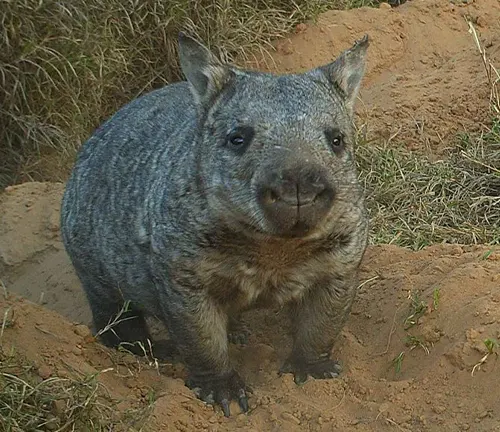
Frequently Asked Question (FAQs)
- Are wombats dangerous to humans?
Wombats are generally shy and non-aggressive towards humans. However, they can become defensive if threatened or cornered. - Do wombats make good pets?
Wombats are wild animals and are not suitable as pets. It is illegal to keep wombats as pets in most areas, and they require specialized care. - How fast can wombats run?
Despite their sturdy build, wombats can reach speeds of up to 40 kilometers per hour when running short distances. - Are wombats endangered?
While common wombats are considered of least concern, both the southern and northern hairy-nosed wombats are classified as endangered due to habitat loss and other threats. - Do wombats hibernate?
Wombats do not hibernate but may enter a state of torpor during periods of extreme cold or food scarcity. - What do wombats eat?
Wombats are herbivores and primarily feed on grasses, roots, and bark. - How long do wombats live?
In the wild, wombats typically live for around 5 to 15 years, while those in captivity may live longer. - Do wombats dig burrows?
Yes, wombats are skilled diggers and create extensive burrow systems where they rest and seek refuge from predators. - Can wombats swim?
While wombats are not known for their swimming abilities, they are capable of crossing shallow bodies of water if necessary. - What are the predators of wombats?
Adult wombats have few natural predators, but young joeys may fall prey to foxes, dingoes, and large birds of prey. - How do wombats communicate?
Wombats communicate through vocalizations, body language, and scent marking, including their distinctive cube-shaped feces. - Do wombats have pouches?
Yes, like other marsupials, female wombats have pouches where they carry and nurture their young joeys.


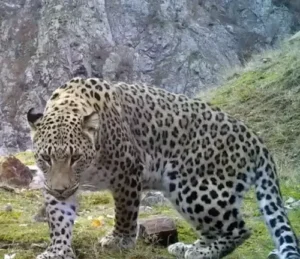

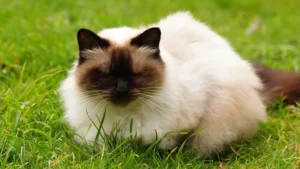



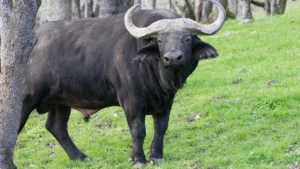

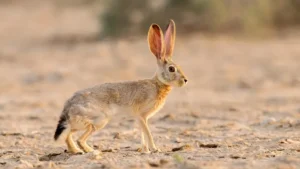

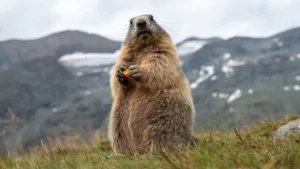

Leave your comment